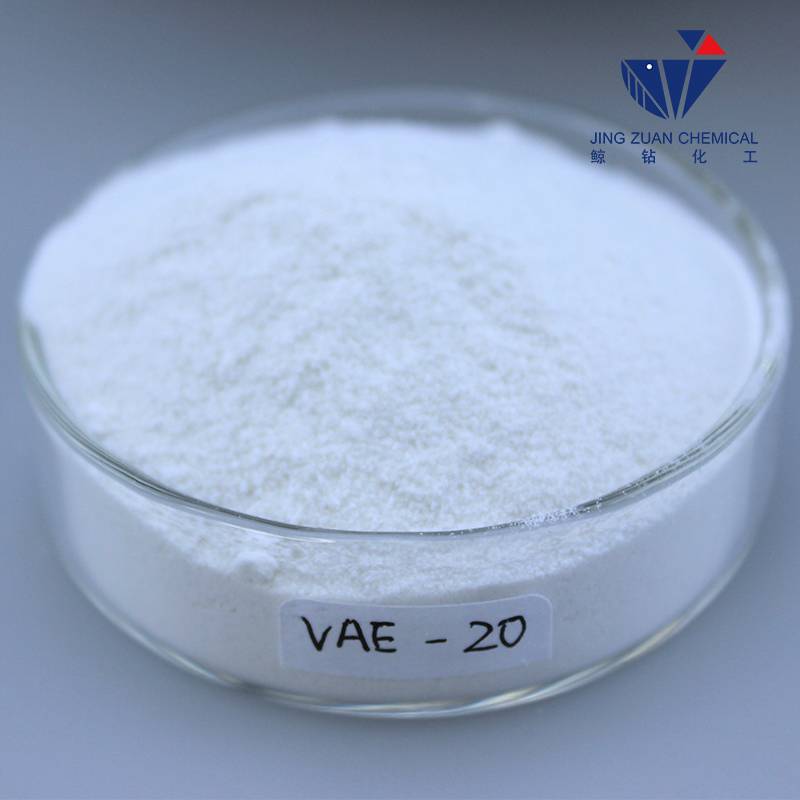
Dec . 10, 2024 13:51 Back to list
how to dissolve hydroxyethyl cellulose
How to Dissolve Hydroxyethyl Cellulose
Hydroxyethyl cellulose (HEC) is a non-ionic water-soluble polymer derived from cellulose. It is widely used in various industries, including pharmaceuticals, cosmetics, food, and construction, due to its thickening, gelling, and emulsifying properties. Its unique characteristics make it a valuable ingredient in many formulations. However, properly dissolving HEC is crucial to harnessing its full potential. This article provides a step-by-step guide on how to effectively dissolve hydroxyethyl cellulose.
Understanding HEC
Before delving into the dissolution process, it's important to understand HEC’s properties. HEC is sensitive to pH and temperature and can form a gel when mixed with water. Therefore, careful consideration of the solvent conditions is essential for successful dissolution. HEC is typically supplied as a dry powder, which means that the initial step involves creating a suitable environment for it to dissolve properly.
Step-by-Step Dissolution Process
1. Preparation of Equipment and Materials Start by gathering all necessary materials, including hydroxyethyl cellulose powder, distilled water (or the desired solvent), a magnetic stirrer or mechanical mixer, and a thermometer. Ensure that all equipment is clean and free from contaminants that might affect the dissolution process.
2. Creating a Suitable Solution The temperature of the water plays a crucial role in the solubility of HEC. Warm water (around 60°C to 70°C) is more effective for dissolving HEC than cold water. However, it’s essential not to exceed certain temperatures as high heat may cause the polymer to degrade.
how to dissolve hydroxyethyl cellulose

3. Adding HEC to Water With the water at the appropriate temperature, gradually sprinkle the HEC powder into the water while stirring continuously. This technique helps to avoid clumping, which can inhibit proper dissolution. If you pour HEC into water too quickly, it may form lumps that are difficult to break down.
4. Stirring Use a mechanical mixer or a magnetic stirrer to maintain an even dispersion of the powder in the water. Stir for at least 30 minutes. This will facilitate the absorption of water by the HEC and promote a smooth and uniform gel formation.
5. Cooling Down Once mixed and dissolved, allow the solution to cool down to room temperature while continuing to stir. As the mixture cools, the viscosity may increase. Resist the urge to add more water until the solution has completely cooled, as adding water at this stage can also lead to clumping.
6. Final Adjustments After the solution has cooled, check the viscosity and texture. If it is thicker than desired, you can dilute it by adding more water slowly while mixing thoroughly until the desired consistency is achieved.
7. Storage Store the dissolved HEC solution in a clean, airtight container. It is advisable to keep it in a cool, dark place to prevent any degradation over time. Properly prepared HEC solutions can usually be stored for several weeks to months, depending on conditions.
Conclusion
Dissolving hydroxyethyl cellulose requires attention to detail and an understanding of its properties. By following the steps outlined above, you can achieve a smooth and effective HEC solution suitable for your needs. Whether you’re using it in cosmetic formulations, food products, or any other applications, mastering the dissolution process will enhance your formulation's effectiveness and consistency. Remember, patience and proper technique are key to achieving the best results with hydroxyethyl cellulose.
-
Versatile Hpmc Uses in Different Industries
NewsJun.19,2025
-
Redispersible Powder's Role in Enhancing Durability of Construction Products
NewsJun.19,2025
-
Hydroxyethyl Cellulose Applications Driving Green Industrial Processes
NewsJun.19,2025
-
Exploring Different Redispersible Polymer Powder
NewsJun.19,2025
-
Choosing the Right Mortar Bonding Agent
NewsJun.19,2025
-
Applications and Significance of China Hpmc in Modern Industries
NewsJun.19,2025







